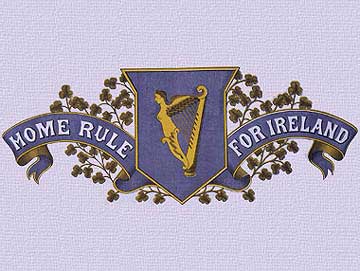Gemma Clark
University of Exeter
Cross-posted from FORGED BY FIRE: BURNS INJURY AND IDENTITY IN BRITAIN, C.1800-2000
Arson is the criminal act of setting fire to property with the aim to cause damage; yet, whether or not incendiaries also intend to harm people, fires often result in ‘tragedies involving burns and scalds’, as documented by this blog. In November 1991, during the Northern Ireland Troubles, two young arsonists ‘motivated by sectarian hatred’ killed Kathleen Lundy, a Catholic convert through marriage, and her 15-year-old son, Colin, residents of the predominantly Protestant area of Glengormey, near Belfast. (Another son, Gerard, aged 19, was injured.) Mark Whyte, 18, and Richard McKay, 19, claimed at Belfast Crown Court that they believed the family was staying with relatives on the night they ‘poured petrol through the letterbox’ of the Lundy home and ‘set it alight’.[1] In a seemingly-weak defence of a life-threatening act, McKay ‘thumped the dock with his fist and shouted out – “Nobody was meant to die”.’[2] Mr Justice Nicholson ‘had a “slight doubt” as to whether they intended to kill’, sentencing the pair, in February 1993, to concurrent fifteen-year sentences for arson and manslaughter.[3]
As a historian of arson, I explore similarly difficult questions around personal and collective motivations for malicious fire setting, focusing specifically on its function as a tool of protest and intercommunal violence. One of the core and perhaps unexpected findings in my research area, Britain and especially Ireland since c.1800, is that this inherently dangerous strategy has claimed relatively few casualties, especially when compared to modern, sinister usages of fire, such as ethnic cleansing and inter-religious/racial violence, elsewhere in the world.[4] There have been racist and suspected-racist arson attacks in modern Britain; the New Cross house fire, in London, 1981, for example, claimed thirteen young lives and shaped Black British identity.[5] However, the relative scarcity of lethal arson, particularly in the British/Irish protest sphere, is surprising because arguably incendiarism works so effectively – as intimidation and insurgency – precisely because of its lethal potential. Humans learn from a young age ‘that fire can hurt us. It can burn our body and lay waste to our home’;[6] I have found that politically-motivated arsonists historically have traded on this primal fear, of losing everything to the flames, to induce action and compliance with demands. Continue reading “Dangerous but rarely deadly: Fire as protest in modern Ireland”


You must be logged in to post a comment.